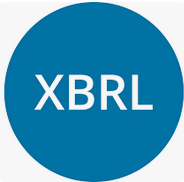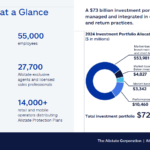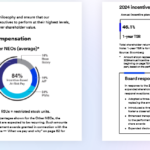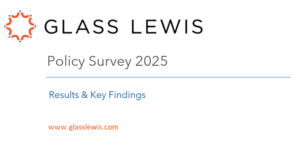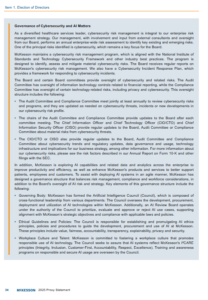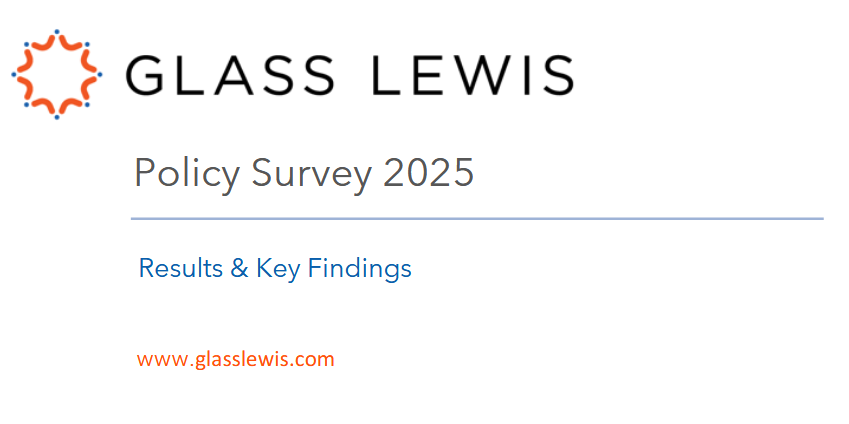With the proxy season behind us, I thought it would be a good time to take a breather and remind ourselves about how to best manage XBRL tagging in SEC filings. Here is a set of 19 practice pointers:
1. XBRL Compliance Affects Form S-3, S-8, and Rule 144 Eligibility
To use Forms S-3 and S-8, and for insiders to rely on Rule 144, the company must have timely filed all required XBRL data over the prior 12 months.
2. Tag All Recently Mandated Disclosures
Ensure XBRL tagging covers new 10-K disclosures like cybersecurity, insider trading policies, option grant policies, clawbacks, and pay-versus-performance.
3. Plan for Delayed Tagging Deadlines
Tagging for new disclosure areas begins one year after initial compliance—mark these deadlines and update systems in advance.
4. Work Closely with Filing Agents
Coordinate early and often with filing vendors to ensure tagging accuracy, version control, and deadline alignment.
5. Include XBRL in Disclosure Controls
Disclosure controls and procedures should explicitly address interactive data (XBRL), even if CEO/CFO certifications don’t cover them.
6. Fix XBRL Deficiencies Promptly
If errors are found post-filing, file a corrective amendment—don’t assume the impact is immaterial.
7. Follow SEC Comment Letter Guidance
The SEC has issued sample comment letters targeting common tagging errors. Review and benchmark your disclosures accordingly.
8. Label XBRL Exhibits Properly
CDI 101.01 requires accurate labeling and listing of XBRL exhibits, especially on the Form 10-K/10-Q exhibit index.
9. Tag Cover Page Details Consistently
CDI 101.05 clarifies tagging when the cover page name differs from the EDGAR-conformed name. Use caution in these scenarios.
10. Hyperlink Inline XBRL Exhibits
Unlike traditional XBRL, Inline XBRL exhibits must be hyperlinked in the exhibit index. Don’t skip this—it’s a common error point.
11. Block-Tag Significant Accounting Policies
Block tagging of accounting policies in the financials is required under CDI 146.15. Don’t just tag the header or summary.
12. Tag Every Financial Detail—No Skimping
Each number (monetary value, percentage, count) within financial footnotes and schedules must be individually tagged per CDI 130.05.
13. Cross-Check Tagging With Regulation S-T
Ensure your tagging complies with Rules 405(d)(4)(i) and 405(e)(2)(i) of Regulation S-T, which mandate granular tagging of financial data.
14. Treat Inline XBRL as a Living File
Because it’s embedded in the HTML, ensure that the Inline XBRL matches the text exactly and reflects final numbers and language.
15. Tag Compensation and Governance Disclosures Accurately
Pay versus performance, director compensation, and governance structures now require detailed tagging—avoid generic or skipped fields.
16. Monitor CDI and SEC Guidance Regularly
The SEC periodically updates its Interactive Data CDIs—stay current to ensure ongoing compliance and avoid legacy missteps.
17. Integrate XBRL Checks Into Pre-Filing Workflows
Build tagging reviews into your 10-K and 10-Q calendars—treat it with the same care as your MD&A or risk factors.
18. Educate Internal Teams
Finance, legal, IR, and IT should all understand how tagging impacts disclosures and SEC form eligibility.
19. Use SEC Sample Letters to Stress Test Disclosures
The SEC’s published sample letters highlight what the Staff is scrutinizing—use them proactively to vet your filings.
